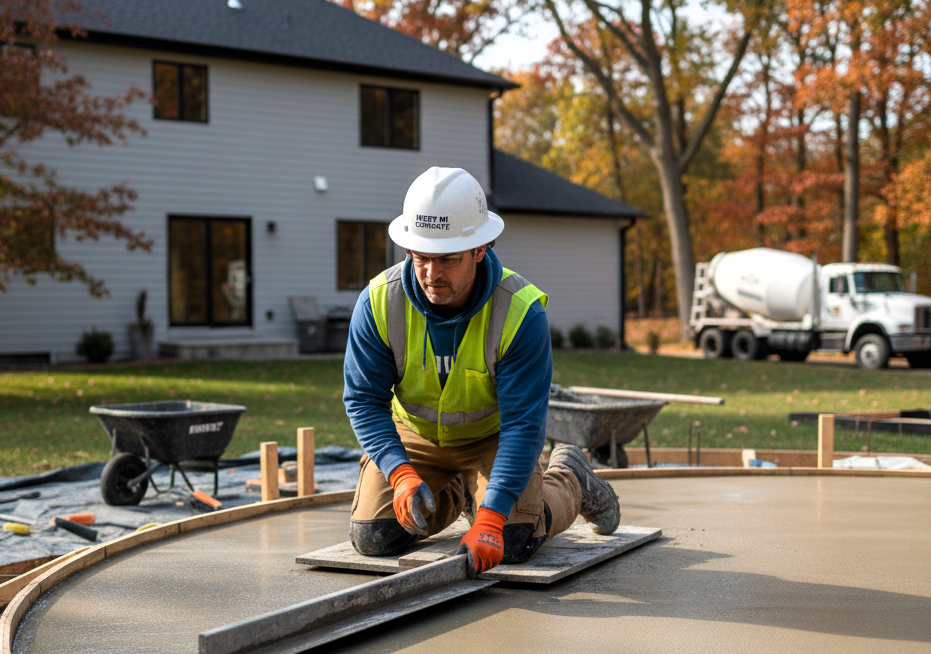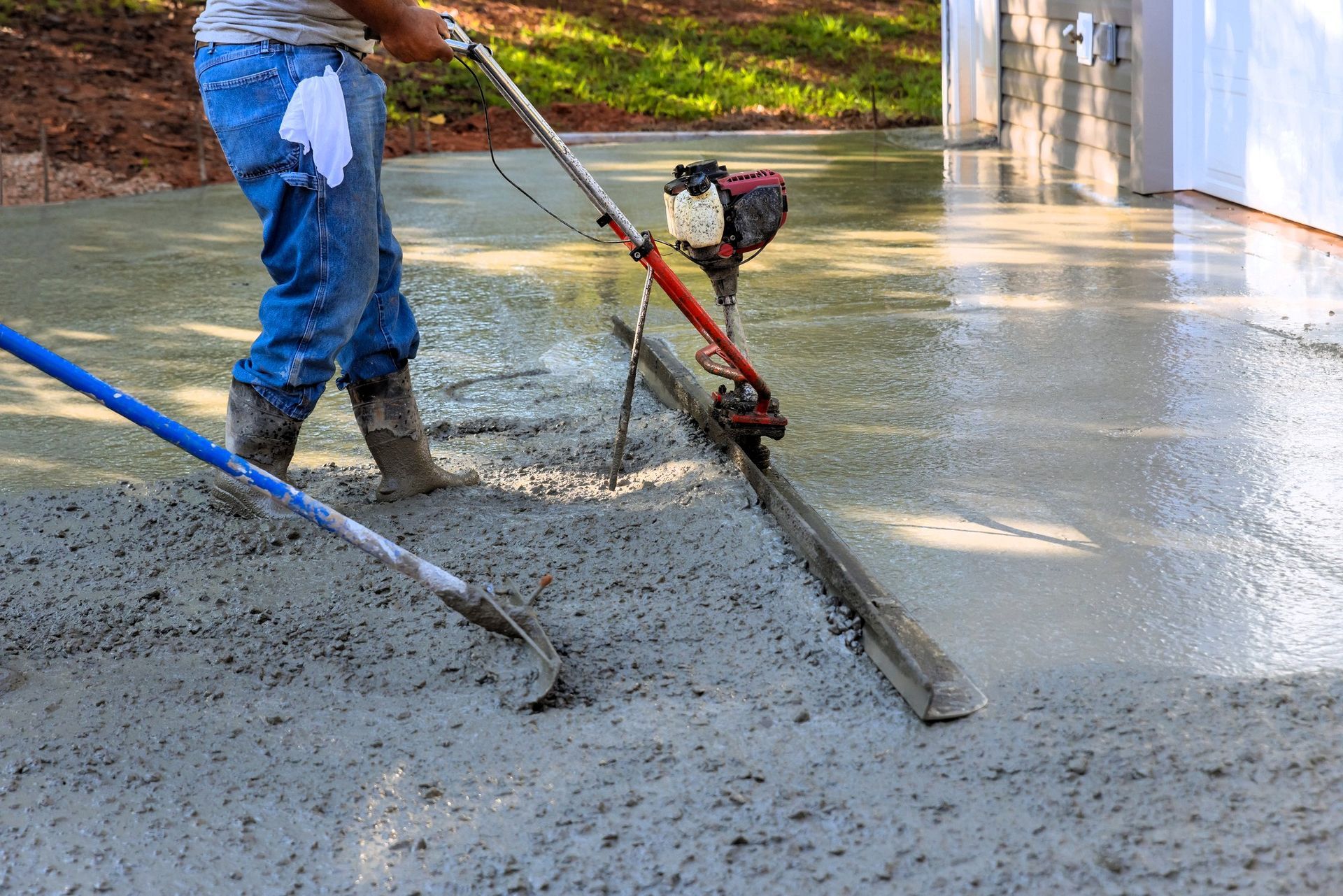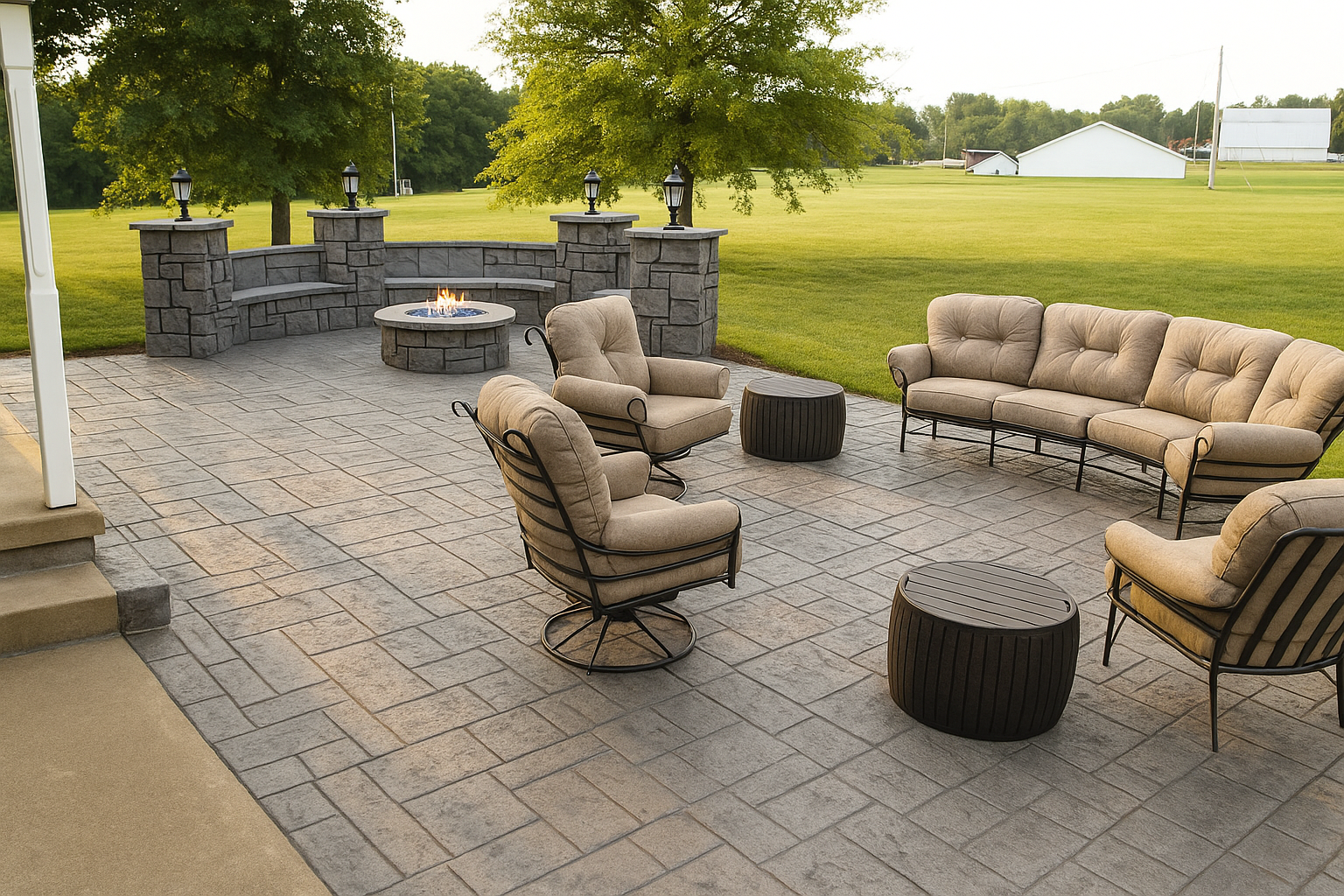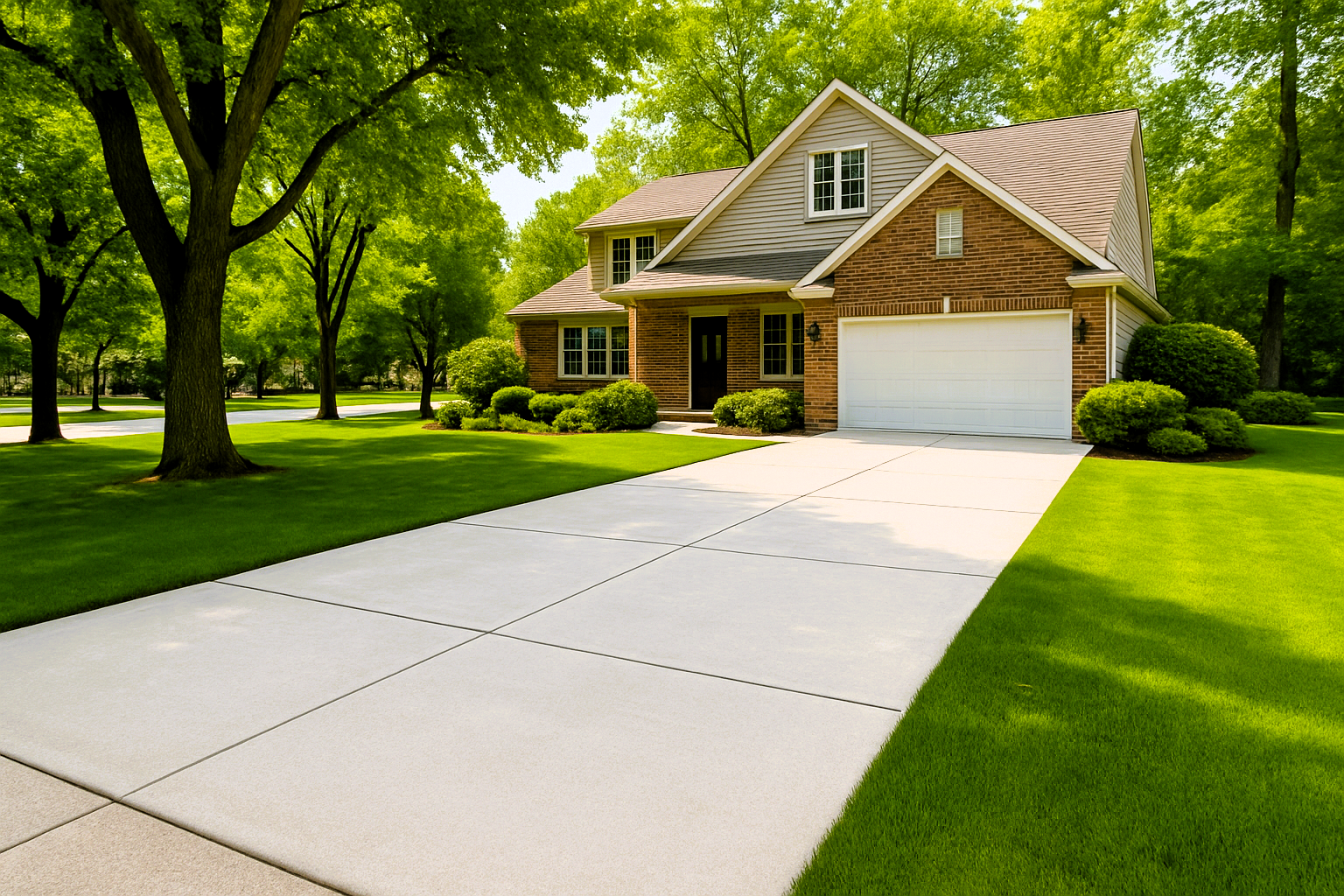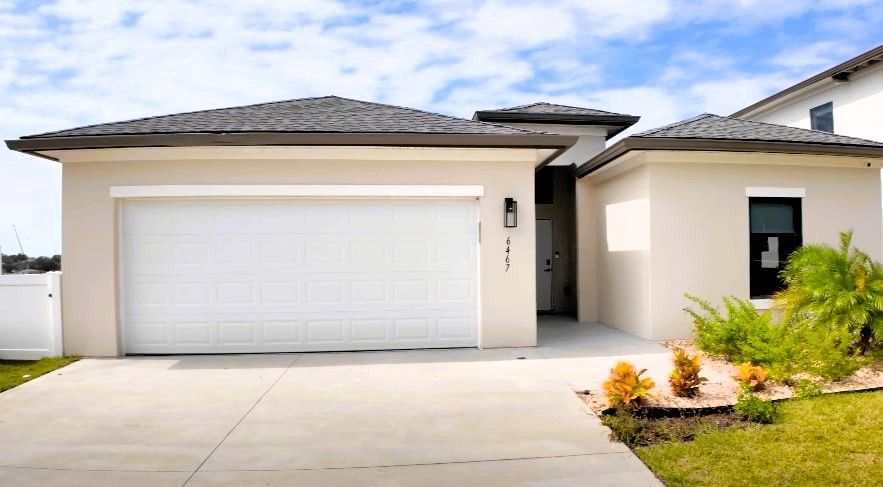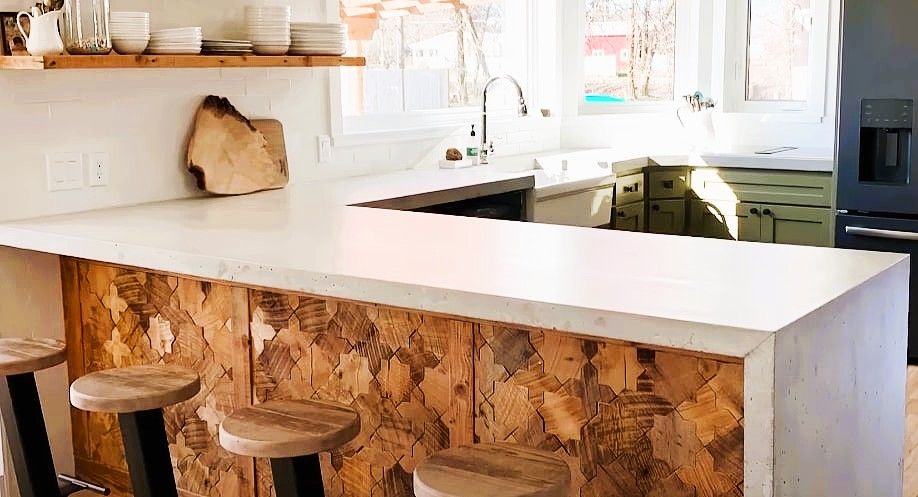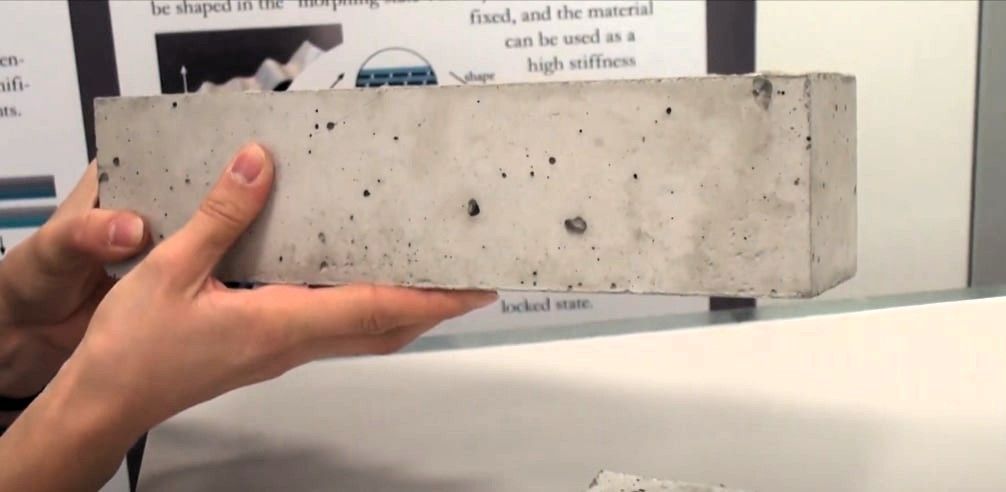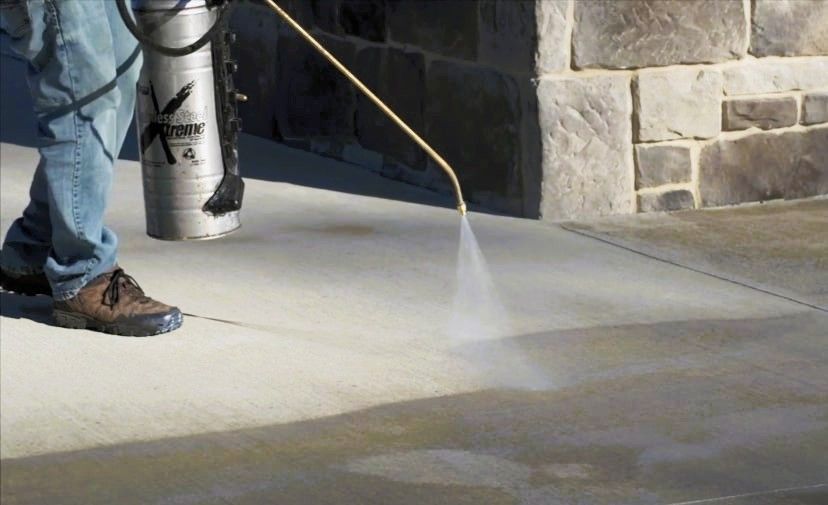5 Simple Signs Your Concrete Walkway Needs Help
What to look for before small issues turn into big problems
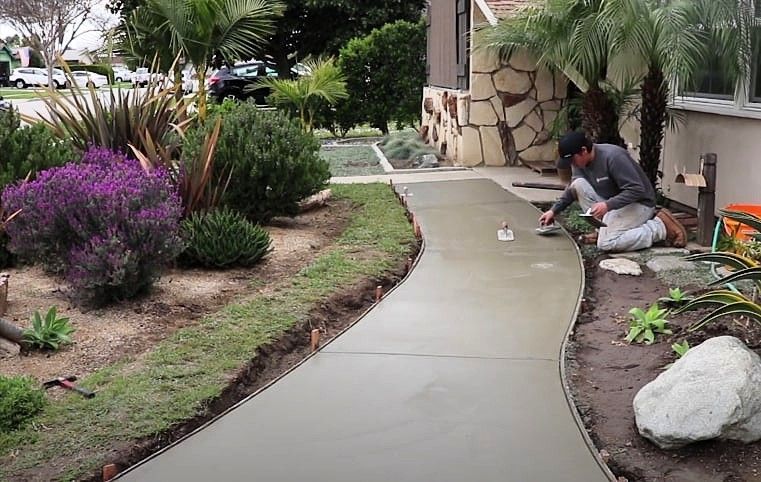
Your walkway is one of the first things people see when they come to your home. It’s not just there to get you from the driveway to the front door—it plays a big role in curb appeal and safety, especially here in Holland, MI, where weather can be rough on concrete.
But concrete doesn’t usually scream when something’s wrong. It gives you small hints. And if you catch them early, you can avoid bigger, more expensive problems down the road.
Here are 5 signs your concrete path might need some attention—and what you can do about them.
1. The Cracks Are Getting Bigger
It’s pretty normal to see small cracks in concrete. Think of them like wrinkles—harmless at first. But when those cracks get wider, longer, or start branching out, that’s a sign things are getting worse.
Here in West Michigan, water gets into those cracks. When it freezes in winter, it expands and pushes the concrete apart. Before you know it, that little crack turns into a major split—or a tripping hazard.
Quick check: If a crack is wide enough to fit a coin or thicker than a pencil, it’s time to do something about it.
2. Some Parts Are Higher (or Lower) Than Others
Ever stub your toe on your own walkway? That could be because one slab of concrete has shifted and no longer lines up with the one next to it.
When concrete settles unevenly, it creates raised or sunken spots. Besides looking off, those spots are real safety risks—especially when snow or leaves cover them up.
If a section of your path sticks up or sinks down by more than a quarter of an inch, it’s worth checking out. That little bump can turn into a big fall, especially for kids, delivery drivers, or older guests.
3. The Surface Looks Like It’s Peeling or Chipping
If your walkway is starting to flake, crumble, or feel gritty underfoot, that’s more than just wear and tear—it’s called scaling, and it’s pretty common around here.
Our winters, the salt we use, and all that freezing and thawing wear down the surface of your concrete. Once the top layer starts to break apart, water can get in and cause even more damage underneath.
If your concrete looks like it’s peeling paint or has rough, uneven spots, it’s time to take a closer look before chunks start breaking off.
4. Water Pools Where It Shouldn’t
After a good Holland rainstorm—or one of those soggy spring days—check out your walkway. Is water collecting in certain spots? Or worse, is it flowing back toward your house?
Concrete is supposed to slope just enough to let water run off. But when it settles unevenly, it can form little puddles. Over time, that water can seep underneath and cause more shifting, sinking, and cracking.
Plus, pooled water is a slipping hazard when it freezes and can lead to moss and mildew, making things even slicker.
5. Weeds or Roots Are Coming Through
If you’ve got weeds popping up through your walkway, or notice raised bumps near the edges, there might be more going on under the surface.
Weeds grow fast and strong—especially in our rich Michigan soil. They can push through small cracks and make them worse with every season. Tree roots can be even more destructive, lifting concrete slabs from underneath as they spread.
If you’re constantly pulling greenery from your path, your concrete may be struggling more than you realize.
How to Check It Yourself
Not sure if your concrete needs help? Try this quick DIY check:
- Check cracks: If they’re wider than a dime, keep an eye on them—or call for help.
- Look after rain: Are there puddles that stick around?
- Inspect edges and joints: See any weeds, bumps, or gaps?
- Tap the slabs with your foot: Hollow sounds could mean the ground underneath is eroding.
- Take pictures: Snap a few photos to track changes over time.
If you’re seeing more than one of these signs, it’s probably time for a closer look.
Why Fixing It Now Is a Smart Move
Waiting to fix your concrete might seem like no big deal, but here’s what that really means:
- More risk of slips, trips, and injuries
- Potential damage to your home’s foundation
- Minor repairs turning into major (and expensive) projects
Michigan weather isn’t gentle on concrete. What seems like a small problem now can become a nightmare by winter.
Let’s Get It Fixed—The Right Way
If you’ve noticed cracks getting worse, slabs shifting, or anything we mentioned above, give Holland Custom Concrete a call. We’ll come take a look—no pressure, no hidden fees. Just honest advice from a local team that knows how tough our seasons can be in your home.
Whether it’s a quick fix or a full refresh, we’ll walk you through your options and make sure your concrete’s solid, safe, and good-looking all year long.
Call today to schedule your free inspection. Let’s make sure your sidewalk gives the kind of first impression you can be proud of.

